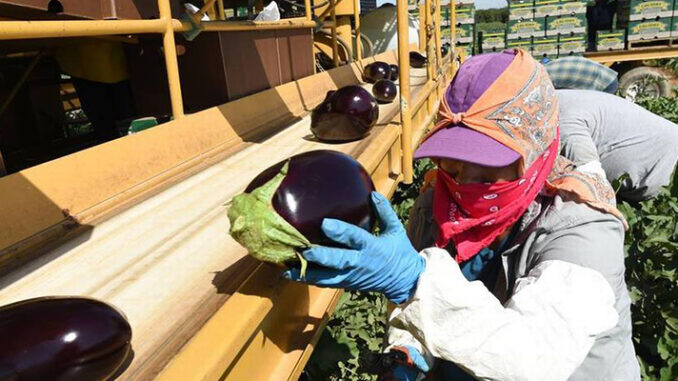
by David J. Bier
California Governor Gavin Newsom ordered all “nonessential businesses” in the state to close in response to COVID-19. The order closes all businesses except for those deemed to be part of America’s critical infrastructure. While it’s not possible to determine exactly which businesses will have to close—the order’s implementation is still being worked out—it is clear that immigrants are disproportionately likely to still be on the job this week, putting their health at risk to keep the state afloat.
The order’s language lacks the specificity to identify each particular case, but this post reviews data from the Census Bureau’s American Community Survey from 2018 (the most recent year available) to identify likely essential industries that will remain open. Overall, about 4.6 million immigrants will likely be deemed essential in California—33 percent of all the state’s essential workers. They are producing food and equipment, maintaining operations at hospitals and research facilities, and distributing supplies across the state.
Figure 1 shows the percentage of foreign‐born workers in each major industry classification, including only those subindustries deemed or likely to be deemed essential. It is important to note that immigrants may play a variety of specific job duties within these industries. The share of foreign physicians in the medical industry, for example, is much higher than the share of foreign workers overall.
In 2018, California’s immigrants constituted 63 percent of the workers in essential agricultural industries, 45 percent of essential manufacturing, 40 percent of essential service sector workers, 39 percent of essential wholesale workers, 38 percent of construction, 36 percent of transportation, 33 percent of social and child agencies, 32 percent of medical facility staff, 30 percent of essential professional services, 28 percent of essential retail, and 26 percent of essential finance. Only the extraction industry and the three governmental industries—utilities, public administration, and the military—had immigrant shares below 20 percent. Overall, 27 percent of Californians were immigrants in 2018. Nationally, the share is less than 14 percent.
Table 1 provides the full list of industries that I estimated are or are likely to be deemed essential based on the governor’s order. One noteworthy essential subindustry is manufacturing of pharmaceuticals and medicines where 42 percent of its labor force in California were immigrants. Immigrants were the same share of the workforce for manufacturers of medical supplies. Another noteworthy example is grocery wholesalers—nearly half (48 percent) of its workers are immigrants in California. Similarly, 46 percent of the workers at California’s nursing care facilities—which are on the frontlines of protecting the elderly from COVID-19—are immigrants.
Immigrants are helping California survive this unprecedented challenge. They are making and distributing food, producing pharmaceuticals, and caring for the sick.
David J. Bier is an immigration policy analyst at the Cato Institute’s Center for Global Liberty and Prosperity.
.



